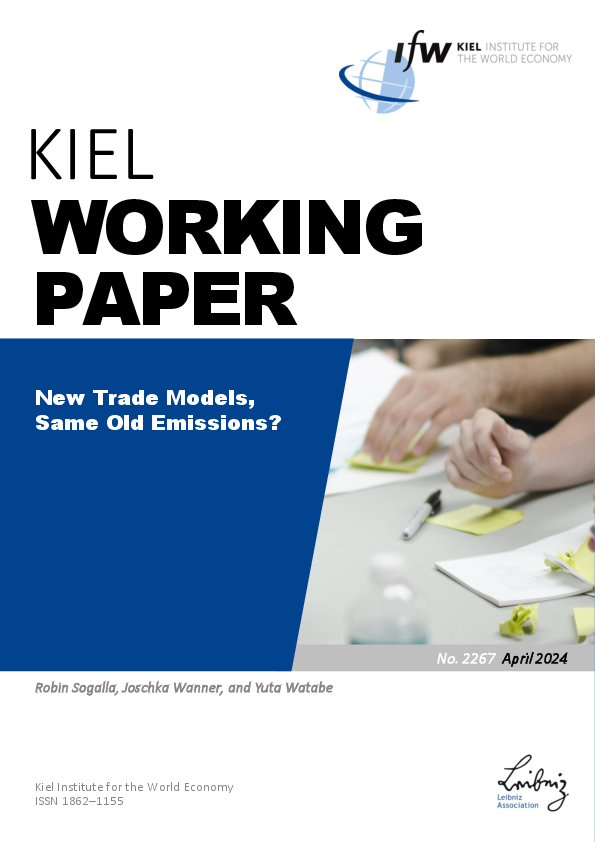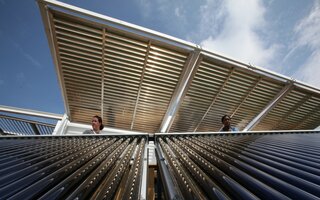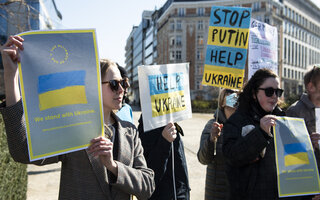Authors
Publication Date
JEL Classification
Key Words
Related Topics
Climate
Globalization
International Trade
Sustainable Development
This paper investigates the elusive role of productivity heterogeneity in new trade models in the trade and environment nexus. We contrast the Eaton-Kortum and the Melitz models with firm heterogeneity to the Armington and Krugman models without heterogeneity. We show that if firms have a constant emission share in terms of sales — as they do in a wide range of trade and environment models — the three models’ emission predictions exactly coincide. Conversely, if firms have a constant emission intensity per quantity — a prominent alternative in the literature — the emission equivalence between the three models breaks. We provide a generalization that nests both constant emission shares in sales and constant quantity emission intensities as special cases. We calibrate the models to global production and trade data and use German firm-level data to estimate the key elasticity of how emission intensity changes with productivity. Our multi-industry quantification demonstrates that the role of firm heterogeneity depends both on the model and the estimated parameters. Moving from the Armington model to the EK model increases the emissions effect on trade, while moving from the Krugman model to the Melitz model decreases the emission effects on trade.







